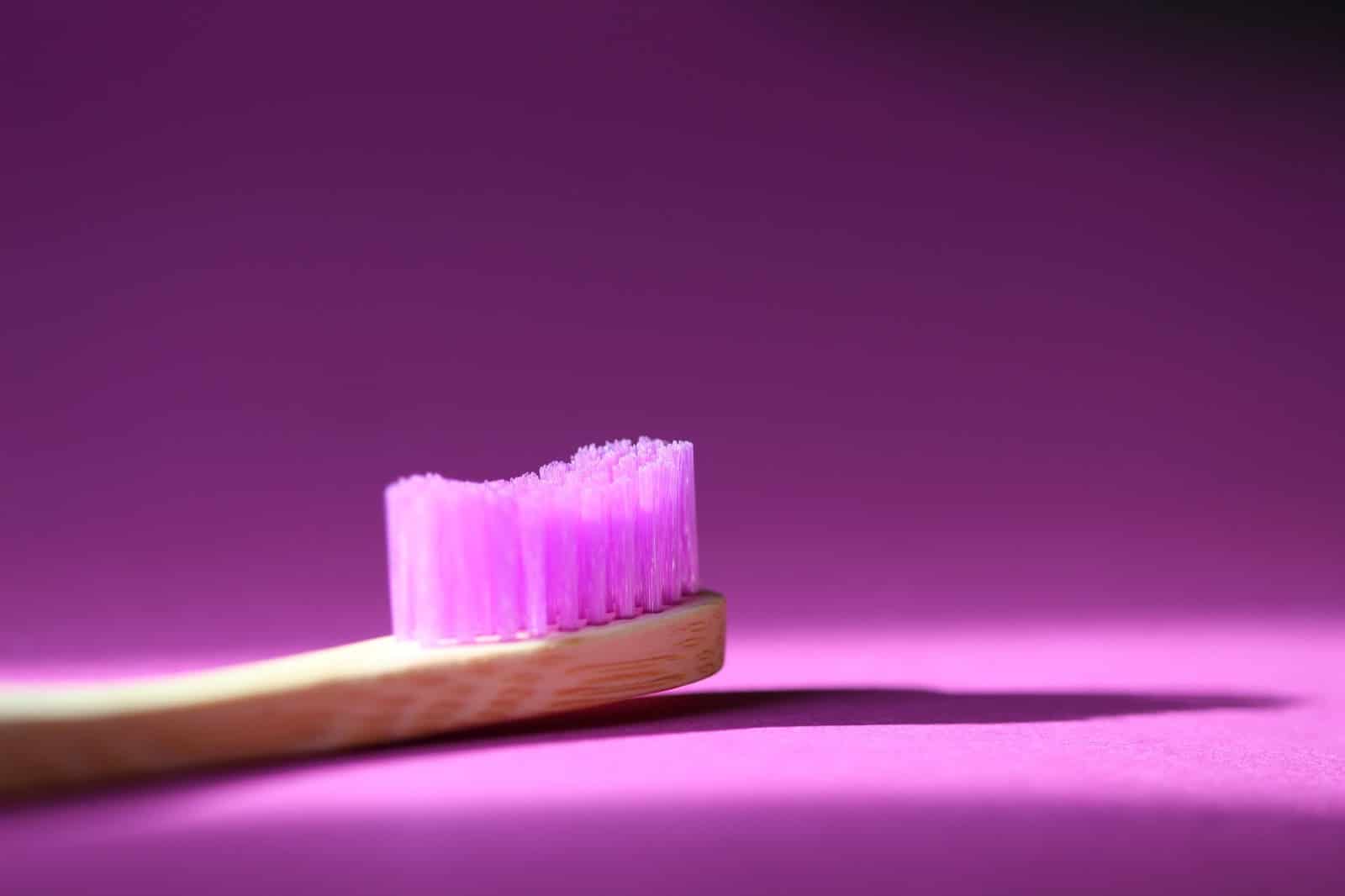When you were a child, your parents would have told you lollies and sweets are a treat only and that you need to brush your teeth twice a day. It wasn’t just to keep you off the sugar rush. It turns out tooth decay is a diet-related condition. Dental health is such a pressing issue among Australians that the Australian Department of Health reports that one in 25 people over fifteen are left with no natural teeth. Here, we’ll talk about how to spot the first signs of a cavity, what you can do to prevent them so you can keep your pearly whites decay free and looking good for longer..
Look Out for Symptoms of a Cavity
Dental pain is often the hallmark symptom of a cavity. But before you feel the nagging pain of a decaying tooth, there are a few early signs and symptoms that you can watch out for so you can get it treated early while the cavity is still small. Some of the signs and symptoms of tooth decay are:
- Tooth Stain or Shadowing. Tooth decay can start as soft areas of stain on the tooth. It usually starts as white or off-white spots then gradually changes to a darker colour as the tooth decay progresses.
- Visible Holes on Teeth. A cavity is more prominent when visible holes or pits appear in your teeth. These holes can trap food particles and further aggravate the damage already present.
- Tooth Sensitivity. When you have a cavity, you are more likely to experience tooth sensitivity to hot and cold foods.
- Sudden Tooth Pain. Pain from tooth decay can be sharp and sudden and can happen anytime. It is often a sign of a deeper cavity.
Know Your Cavity Risk Level
Some behaviours can put you at a higher risk of developing cavities. Knowing your risk level for developing cavities will better prepare you to prevent a cavity from getting worse. At its core, patients are ranked according to the following:
- Low risk. These are people for no cavities in the last three years.
- Moderate risk. These are people with one or two cavities in the last three years.
- High risk. Individuals with three or more cavities in the last three years.
Brush Your Teeth Carefully
Brushing your teeth is the easiest and most effective way to stop cavities. However, it’s essential to brush your teeth correctly and with the right toothbrush. Brush for the recommended two minutes twice a day. As a gentle reminder, here are the techniques to help you properly brush your teeth:
- Brush your teeth in short strokes at a 45-degree angle.
- Use a soft-bristled toothbrush
- Brush your tongue after your teeth to remove bacteria
- Replace your toothbrush once every three or four months
Fluoride Treatment
Fluoride is a mineral that helps prevent tooth decay by making the tooth enamel more resistant to acid attacks from plaque. When used early enough, it can also remineralise and even reverse early tooth decay. If you are at medium or high risk for a cavity, a professional fluoride treatment at your dentist might be a good option. Professional fluoride treatment is painless and takes only a few minutes. The dentist will apply the fluoride to your teeth and you’ll be asked not to eat or drink anything for at least 30 minutes after to let the teeth absorb the fluoride.
Hydration Will Help Prevent Additional Cavities
The saliva in your mouth is your mouth’s first defence against tooth decay. When your saliva runs low, you can have a dry mouth, which in turn can increase your risk of tooth decay. . Drinking water (tap water with fluoride is best) helps wash away food particles and bacteria in between brushing as well as helps mineralise your teeth.
Try an Alcohol Free Rinse
Another easy way to keep your teeth free from cavities is to rinse your mouth with an alcohol free mouth rinse or even just a salt water mouth rinse. Saltwater is a natural antiseptic and kills bacteria. Mouthwashes can help discourage bacteria from developing and those with fluoride can even help reduce decay risk.
Avoid Refined Sugar
Bacteria loves sugar, and two particular destructive bacteria in your mouth—Streptococcus mutans and Streptococcus sorbrinus feed on the excess sugar and form dental plaque, which in time can erode tooth enamel and cause cavities. Limit sugary treats and have them as treats only. However, when you have to eat sugar-rich foods, make sure to rinse your mouth by drinking water at the same time or just after eating them.
Chew Gum(The One With Xylitol In It)
Chewing gum is a great way to increase saliva and neutralise the acid attack from food in your mouth after eating, decreasing your risk of decay. However, if you do chew gum, choose gum with xylitol. Xylitol is a sugar substitute, and it can inhibit the growth of Streptococcus mutans, one of the mouth bacteria responsible for cavities.
Discuss Treatment Options With Your Dentist
If you’ve developed a cavity, don’t panic. Book a consultation with a dentist you trust and discuss possible treatment options for your teeth. Your dentist can provide you with a range of dental treatments and procedures depending on the severity of your cavity.
Summary
Cavities are often dark holes in your teeth and can sometimes be painful. However, the good news is that you can prevent cavities. Simple dental habits like brushing your teeth regularly and properly can go a long way in preventing cavities from developing. Paying your dentist a visit at least twice a year for regular checkups can also ensure your teeth stay cavity-free and healthy. Did your dentist check your teeth this year? Contact us for an appointment today.

